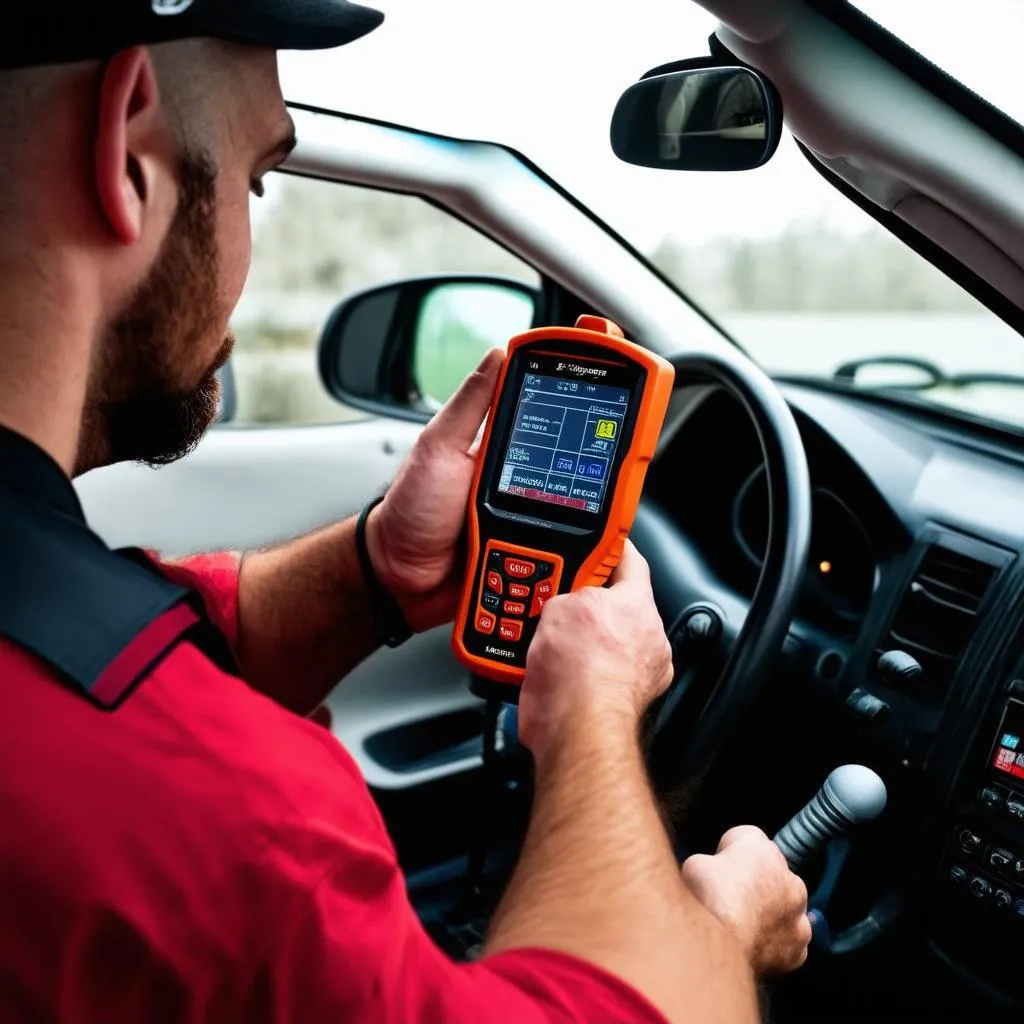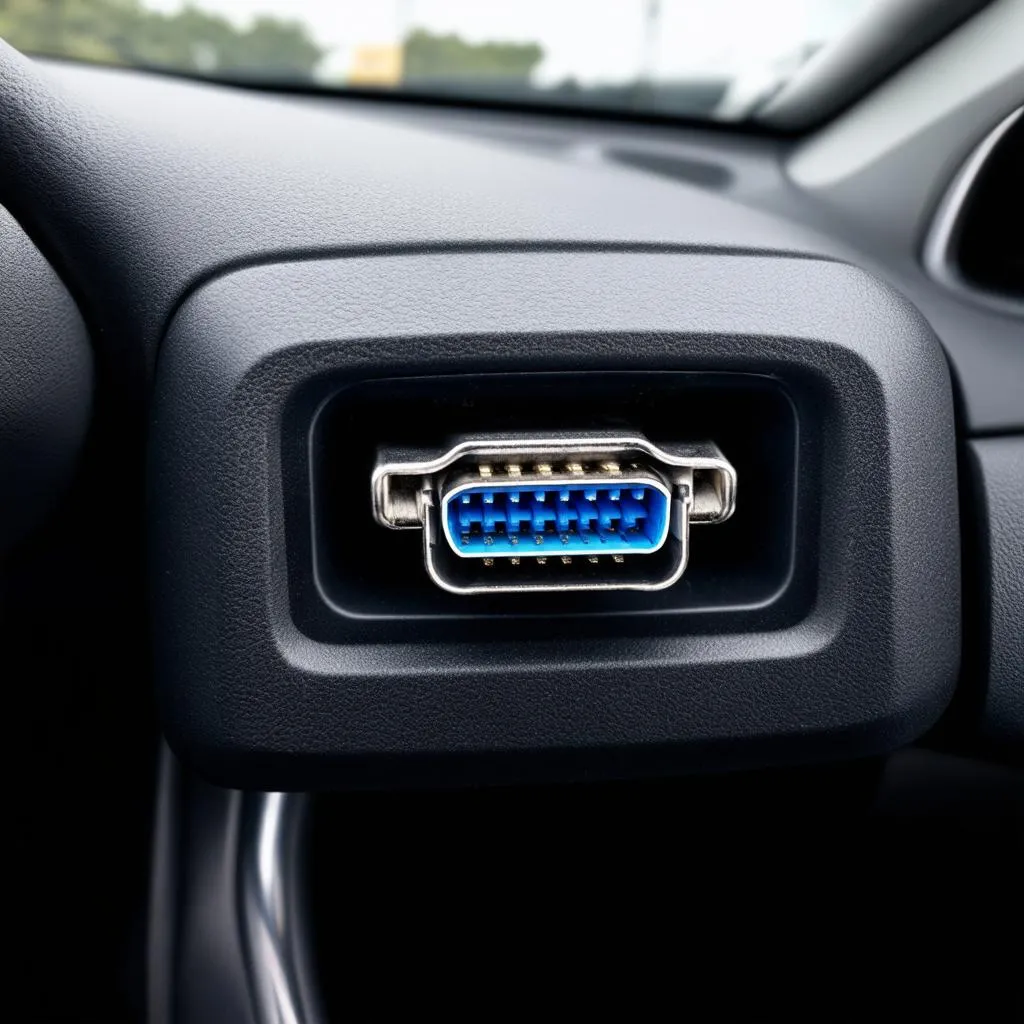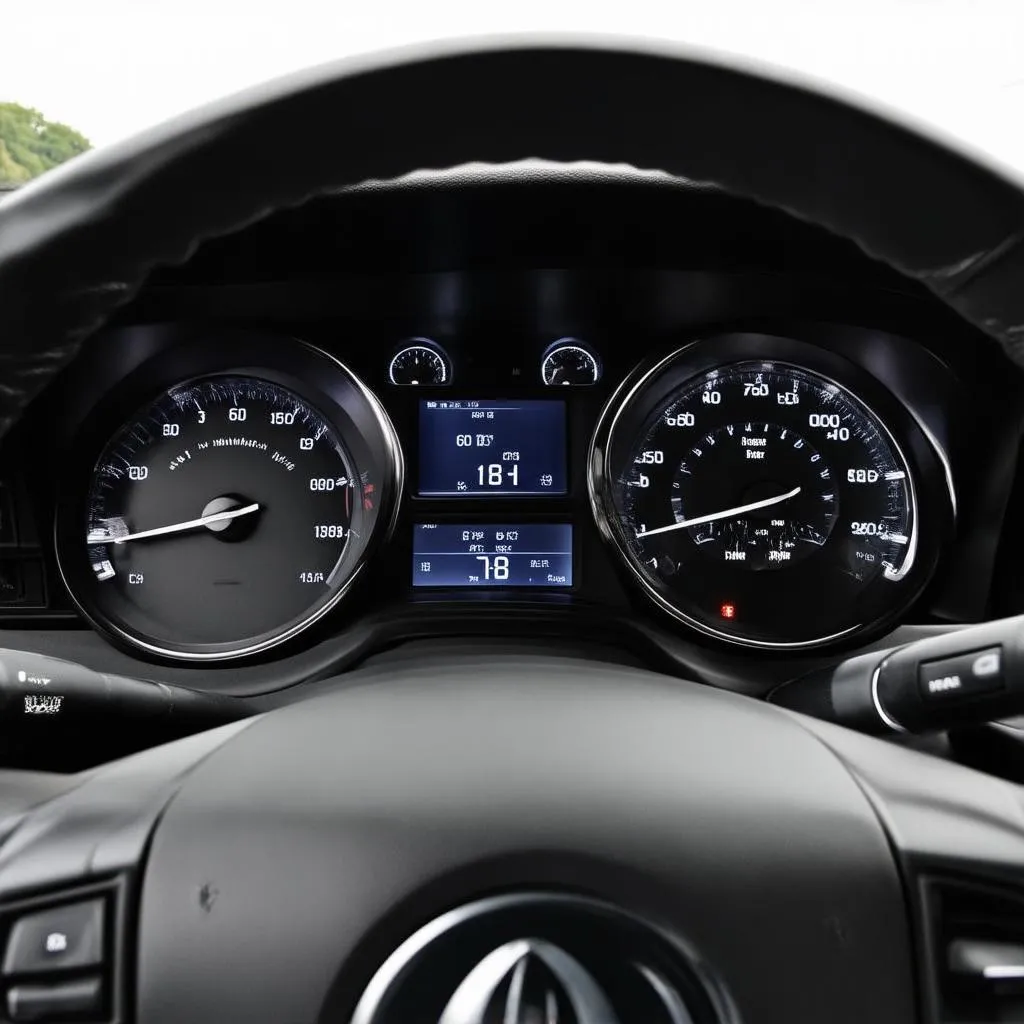Have you ever wondered what type of OBD port your car has? Maybe you’re trying to buy a new diagnostic tool, or perhaps you’re just curious about the technology behind your car. Whatever the reason, understanding OBD types is essential for anyone who owns a modern vehicle.
Understanding OBD: A Gateway to Your Car’s Health
OBD, which stands for On-Board Diagnostics, is a system that allows you to access and interpret data from your car’s computer. It’s essentially a language your car uses to communicate with you and with mechanics. Imagine it as a translator that allows you to understand the inner workings of your vehicle.
The Evolution of OBD: From Simple to Sophisticated
OBD has been around for a long time, but it’s constantly evolving. Like most things in life, it started simple and became more advanced. Here’s a quick glimpse into the history of OBD:
- OBD-I (1988-1995): This was the first generation of OBD, primarily focused on monitoring emissions. It was a basic system that only provided a limited amount of information.
- OBD-II (1996-Present): This is the standard OBD system we use today, and it’s a significant upgrade from its predecessor. OBD-II is a comprehensive system that provides access to a vast array of data, including engine performance, transmission information, and even airbag status.
What Type of OBD Does My Car Have? The Answer Lies in Your Car’s Year
The answer to the question “What type of OBD does my car have?” lies in its year of manufacture. Cars made after 1996 are almost guaranteed to have OBD-II.
OBD-II: A Standard for Modern Cars
OBD-II is the standard for all cars manufactured in the United States after 1996, and most cars manufactured in other parts of the world have adopted it as well. This means that you can use any OBD-II compatible diagnostic tool to work on your car, regardless of the make or model.
But What About Older Cars?
If your car was manufactured before 1996, you might have OBD-I. However, there are a few things to remember:
- OBD-I is not as standardized as OBD-II: This means you need to buy a diagnostic tool specifically designed for your car’s make and model.
- OBD-I provides less information: It’s mainly focused on emissions and doesn’t offer the same comprehensive data as OBD-II.
OBD-II Connectors: The Key to Accessing Your Car’s Data
OBD-II connectors are a standardized 16-pin port, usually located under the driver’s side dashboard. You can find it by looking for a rectangular port with a label that says “OBD-II” or “DLC.”
Finding Your OBD Port: A Quick Guide
Step 1: Open your driver’s side door and look under the dashboard.
Step 2: Search for a rectangular port with 16 pins, often marked with “OBD-II” or “DLC.”
Step 3: Once you’ve located the port, you can connect your diagnostic tool.
What OBD Tool Should I Use?
Now that you know what type of OBD your car has, you can choose the right diagnostic tool. There are several types of OBD tools available, from basic scanners to advanced diagnostic devices:
- Basic OBD Scanners: These scanners are affordable and easy to use. They can read and clear trouble codes, as well as provide some basic information about your car.
- Advanced Diagnostic Devices: These devices are more expensive but offer a wider range of functionality. They can access more data, perform live readings, and even allow you to program your car.
Tips for Using OBD Tools:
- Always read the manufacturer’s instructions: Each tool has its own unique features and operating instructions.
- Be careful when interpreting codes: It’s always best to consult with a qualified mechanic if you’re unsure about the meaning of a code.
- Regularly scan your car: Scanning your car regularly can help you catch potential problems early on and save you money on repairs.
OBD and Your Car’s Feng Shui
Did you know that your car’s OBD port is closely connected to its overall energy flow, or Feng Shui? Just like a house, your car has an energy flow that impacts its overall performance. Maintaining a clean and functional OBD port can improve your car’s Feng Shui.
Here are some tips for enhancing your car’s Feng Shui:
- Keep the OBD port clean and free of debris: A dirty port can block the flow of energy, affecting your car’s performance.
- Use a high-quality OBD tool: A reliable OBD tool can help maintain the balance of energy within your car.
Conclusion:
Understanding your car’s OBD type is essential for anyone who wants to stay informed about their vehicle’s health. Whether you’re a seasoned mechanic or a curious car owner, having the right OBD tool can help you diagnose problems, perform maintenance, and keep your car running smoothly.
Don’t hesitate to reach out to us at Whatsapp: +84767531508 if you need any help with your car diagnostics. We have a team of experts ready to assist you 24/7!
 obd-scanner
obd-scanner
 obd-port
obd-port
 car-dashboard
car-dashboard